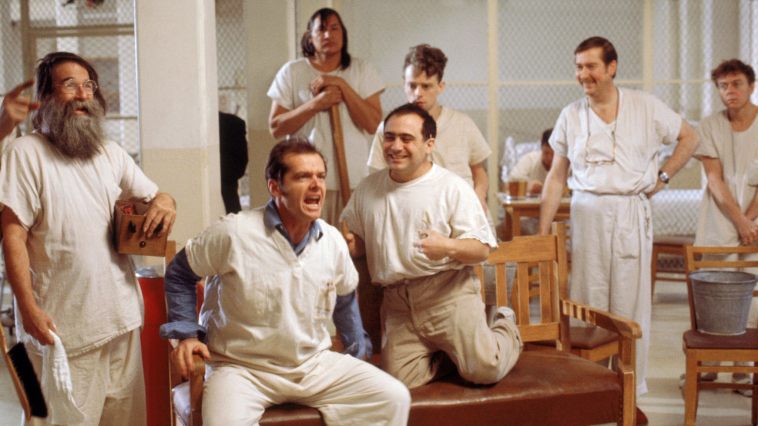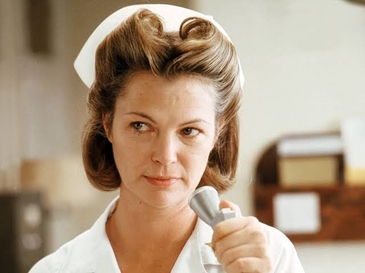This summer I've been taking an online film course for extra units. As a non-film-major-person-but-someone-who's-always-liked-movies, I thought this would be a great opportunity to actually learn how directors employ certain techniques and make certain stylistic choices in making their films. And it is! I'm really enjoying all the new stuff that I'm learning, as well as the feeling that I am getting more ~cultured~ in the ~cinematic arts~.
One thing that stuck with me in this course that I want to share is Kristin Thompson's concept of the four-act story structure, as detailed in her novel Storytelling in the New Hollywood (1999).
 |
| Didn't make this graphic... |
 |
| ...But I made this one :^) ! |
Thompson describes that during the setup, an initial situation is created, but it must give way to the complicating action, which takes the action in a new direction. For example, the new direction may happen because the hero realizes that they must change their tactics in order to achieve their goal from the setup. In any case, the complicating action builds a whole new situation that the hero must deal with.
By the third act, the development, all of the important premises, objectives, and obstacles have been established. Here, the protagonist struggles against the obstacles to achieve their goal(s). Usually, not much progress is actually made, as many filmmakers like to insert a lot of action, suspense, and delay. The development transitions into the climax when the action streamlines into a single progression towards the final resolution.
This four-act concept kind of blew my mind! After reading Thompson's take on narrative structure, I thought about how a lot of good film plots can't always be so simply reduced to beginning, middle, and end. To illustrate, I'm going to be paraphrasing what I wrote for a class assignment, where I had to identify the four acts in a film of our own choosing. I selected one of my favorite movies — Milos Forman's One Flew Over the Cuckoo's Nest. The assignment actually turned out to be fun, but quite difficult; I think it was because Cuckoo's Nest especially has quite a few "plot points" that can be (mis)construed as the true, important turning points. On that note, bear in mind that these structural models aren't rigid, and often times filmmakers do not choose to follow them perfectly. But I think for many movies, you can map out their basic narratives in these ways.
There will be plot spoilers below obviously, so either watch the film first or...watch the film first.
-----------------------
The setup of One Flew Over the Cuckoo’s Nest (Milos Forman, 1975) occurs during the first several scenes: we are shown the morning routine of what we find out to be a mental institution ward, as we are introduced to Nurse Ratched and her crew giving the ward's patients their medication. The setup continues as one of the main characters of the film, Randall P. McMurphy, is admitted into the institution building, and meets other important patients in the film. In the following scene, we learn about McMurphy’s past. The setup comes to a close when McMurphy realizes that Nurse Ratched holds absolute power over the patients with her strict authoritarian rule during a group therapy session. Because the other patients are scared into submission by her, McMurphy decides to start a battle of wills against Nurse Ratched to undermine her authority as much as possible, and prove to the patients of their own self-worth.
The complicating action begins when McMurphy realizes that rallying the patients behind him against Nurse Ratched is going to be far more difficult than he thought. For instance, only two patients sided with him in voting to change the ward’s routine so that they can watch the World Series. Later, McMurphy attempts to lift a water-treatment control panel to break through the window. Although he fails to do so, he showed the patients that what truly mattered was that he tried. This leads us to the next turning point — when they all show their rapport and vote with McMurphy the next day.
The development then ensues, as McMurphy continually becomes the ward’s rebellious leader, via a fishing trip and basketball games. Despite his best efforts, however, McMurphy eventually comes to terms with Nurse Ratched’s ultimate control; instead of having a set release date, he learns that Nurse Ratched can keep him in the ward for as long as she deems necessary. Additionally, he finds out that the patients are all staying in the institution voluntarily, and can actually leave whenever they want. The development ends when McMurphy discovers that the patient Chief Bromden has been faking his deafness and muteness the entire time. Knowing that they don't belong there, McMurphy tells Bromden that they must get out of the institution together.
The climax then begins, when late one night, McMurphy invites two female friends over to the ward to bring alcohol and help he and Bromden escape. The patients subsequently engage in merry drinking. Tired after the partying, however, everyone falls asleep. On the morning after, Nurse Ratched discovers the aftermath, including one of the patients sleeping with one of the women. The patients are then forced to face the consequences of their actions — and later, Nurse Ratched finally compels McMurphy to confront her head-on. After depicting the fates of the ward, Nurse Ratched, McMurphy, and Bromden following the confrontation, the film concludes.
-----------------------
Disagree with what I chose as the four acts for Cuckoo's Nest? Let me know! Want to try to construct your own four-act structure for a different movie? Do it, and then tell me about it! I would love to hear your thoughts and opinions!
The climax then begins, when late one night, McMurphy invites two female friends over to the ward to bring alcohol and help he and Bromden escape. The patients subsequently engage in merry drinking. Tired after the partying, however, everyone falls asleep. On the morning after, Nurse Ratched discovers the aftermath, including one of the patients sleeping with one of the women. The patients are then forced to face the consequences of their actions — and later, Nurse Ratched finally compels McMurphy to confront her head-on. After depicting the fates of the ward, Nurse Ratched, McMurphy, and Bromden following the confrontation, the film concludes.
-----------------------
Disagree with what I chose as the four acts for Cuckoo's Nest? Let me know! Want to try to construct your own four-act structure for a different movie? Do it, and then tell me about it! I would love to hear your thoughts and opinions!





coins
ReplyDelete